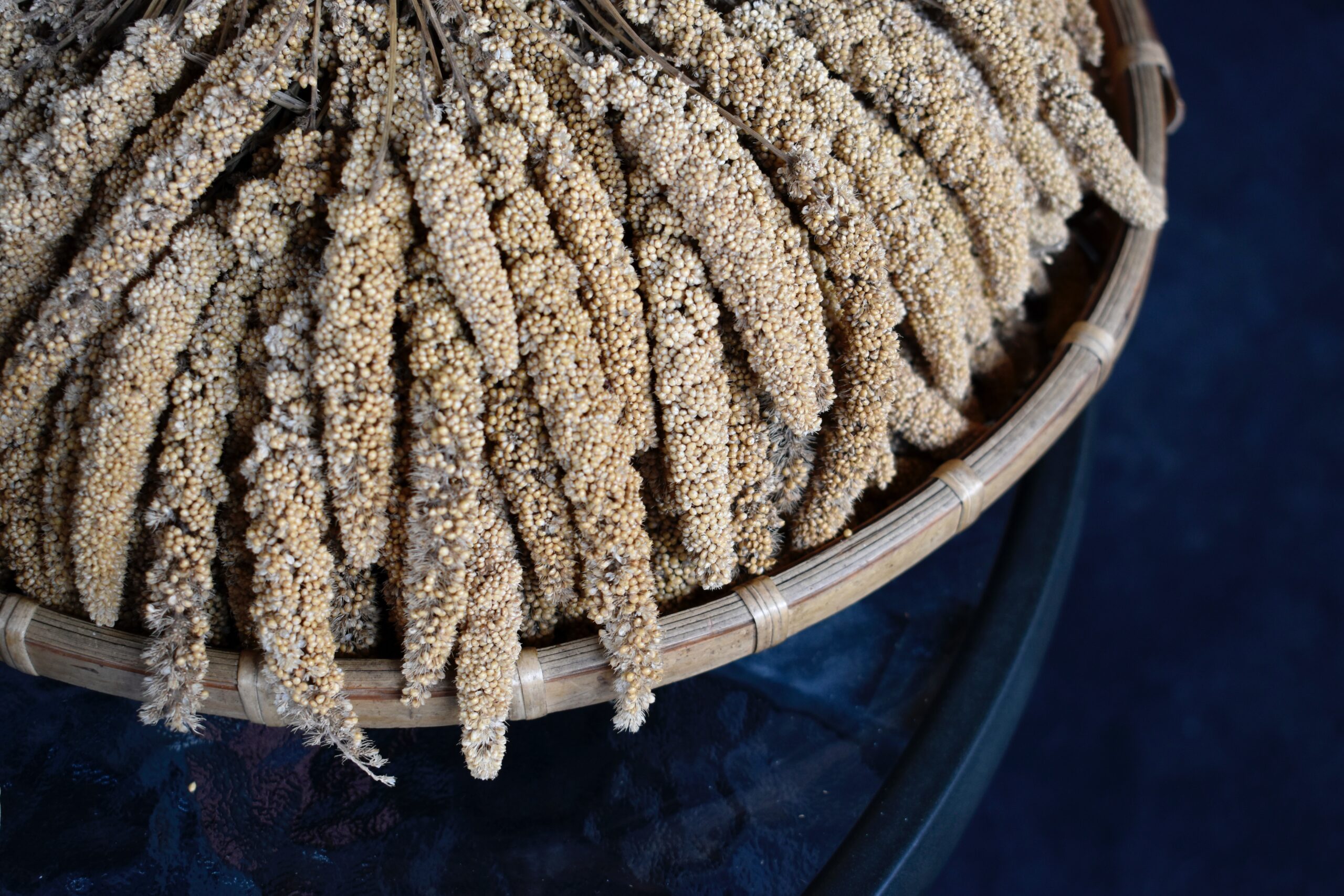Indian millets are a group of nutritiously rich, drought tolerant and mostly grown in the arid and semi-arid regions of India. They are small-seeded grasses belonging to the botanical family Poaceae. They constitute an important source of food and fodder for millions of resource-poor farmers and play a vital role in ecological and economic security of India. These millets are also known as “coarse cereals” or “cereals of the poor”. Indian Millets are nutritionally superior to wheat and rice as they are rich in protein, vitamins and minerals. They are also gluten-free and have a low glycemic index, making them ideal for people with celiac disease or diabetes.
India is among the top 5 exporters of millets in world. World export of millet has increased from $400 million in 2020 to $470 million in 2021 (ITC trade map) India exported millets worth $64.28 million in the year 2021-22, against $59.75 million in 2020-21. Share of Millet based value added products is negligible.
India is the largest producer as well as the largest exporter of cereal products in the world. India’s export of cereals stood at Rs. 96,011.42 Crore / 12,872.64 USD Millions during the year 2021-22. Rice (including Basmati and Non-Basmati) occupy the major share in India’s total cereals export with 75% (in value terms) during the same period. Whereas, other cereals including wheat represent only a 25 % share of total cereals exported from India during this period.

Benefits of Millets:
- Millets are highly adaptive to a wide range of ecological conditions and thrive well in rain-fed; arid climate and they have minimal requirement of water, fertilizers, and pesticides.
- . Health-promoting nutritious crop: Compared to other cereals they have superior micronutrient profile and bioactive flavonoids.
- . Millets have a low Glycaemic Index (GI) and also associatied with the prevention of diabetes.
- . They are good source of minerals like iron, zinc, and calcium.
- . Millets are gluten-free and can be consumed by celiac disease patients.
- . Millet has a beneficial effect on the management and prevention of hyperlipidemia and risk of CVD.
- . Millets are found to be helpful with the reduction of weight, BMI, and high blood pressure.
- . In India, Millet is generally consumed with legumes, which creates mutual supplementation of protein, increases the amino acid content, and enhances the overall digestibility of protein.
- . Millet based value-added products in ready to cook, ready to eat category are easily accessible and convenient to the urban population.
- . Millets are used for dual purposes as food as well as fodder, which make it more farming efficient.
- . Millet cultivation helps to reduce the carbon footprint.


